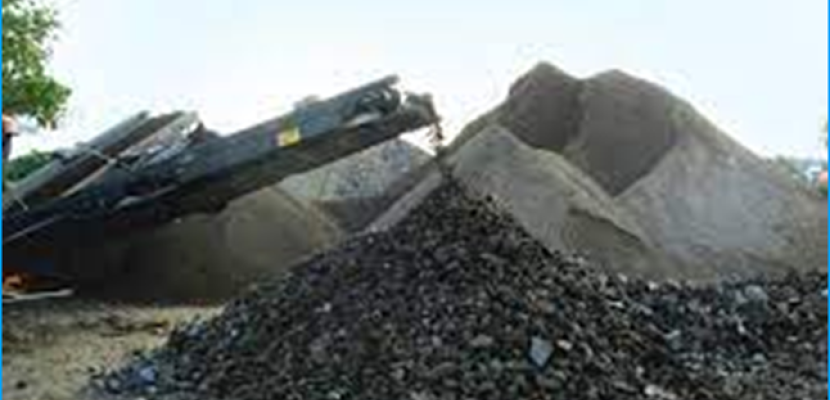
Development of a construction product with thermal insulation properties from waste concrete dust

About this good practice
The goal is to create a building material with appreciable strength (compressive strength greater than 1 MPa) and thermal insulating properties (thermal conductivity less than 0.1 W/mK), while maximizing the use of waste materials during production. The primary source materials utilized in production are waste concrete powder and slag from iron manufacturing, which are suitable for alkali activation. This primarily results in the production of alkali-activated cements, commonly known as geopolymers. The thermal insulation effect is achieved through hydrogen peroxide foaming. The resulting product can be shaped as desired (drillable, cuttable) and possesses fire-resistant properties. If the project is successful, it can eliminate previously unusable, very fine fraction concrete waste, significantly reduce waste slag from metallurgy, and decrease clinker production volume. All these factors have significant environmental benefits. The end result is a specialized structural material with its main feature being thermal insulation, eliminating the disadvantages of other materials with similar characteristics (low strength, lack of malleability, susceptibility to mold, etc.).
Resources needed
The practice is only conducted as research at the University of Pannonia in Veszprém."Financed by "2019-1.1.1-PIACI-KFI-2019-00506" - "Development of a new type of CVD coating"
Budget: 1 026 228 862 HUF
Evidence of success
The cumulative environmental benefit could be extremely significant since multiple environmental issues are addressed in a single step, yielding a small ecological footprint and high efficiency while conserving natural resources.
Potential for learning or transfer
This innovative practice offers numerous learning and transfer opportunities: In sustainable construction, the development of alkali-activated cements from waste materials highlights the importance of waste management, promoting circular economy strategies. Environmental impact reduction can be explored through lifecycle analyses and regulatory compliance studies that advocate for sustainable materials. Material science benefits from research into the strength and thermal properties of composites and hydrogen peroxide foaming techniques. Interdisciplinary collaboration can arise between construction, metallurgy, and waste management sectors, fostering innovation. Economically, this practice can lead to cost-effective building solutions and job creation. Regionally, the adaptation of local waste materials can enhance climate resilience.
Further information
Good practice owner
You can contact the good practice owner below for more detailed information.